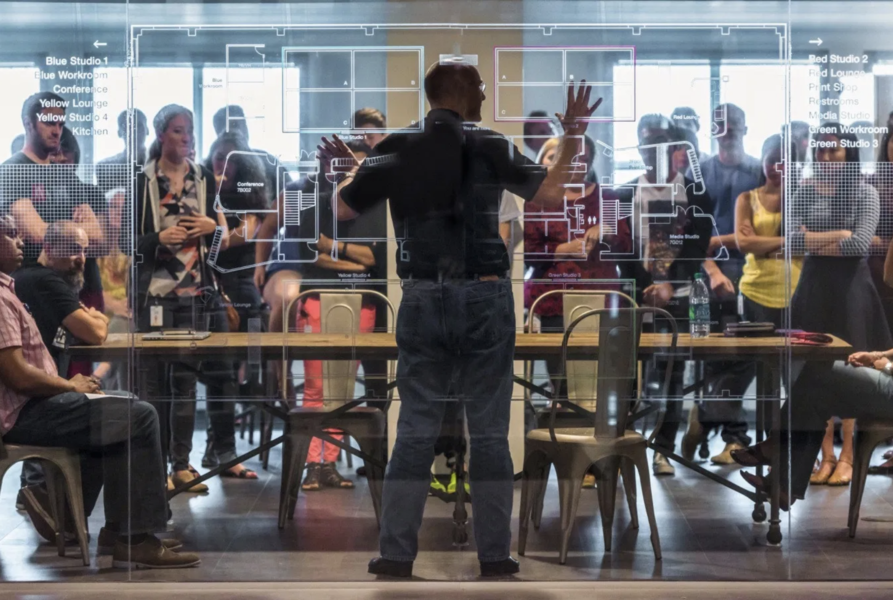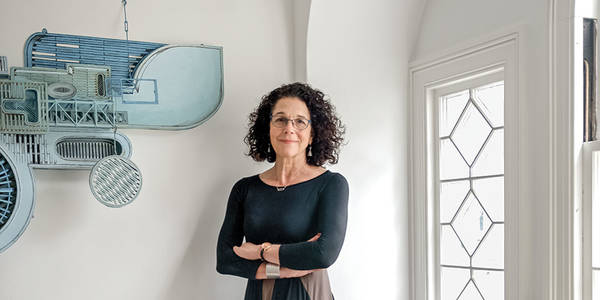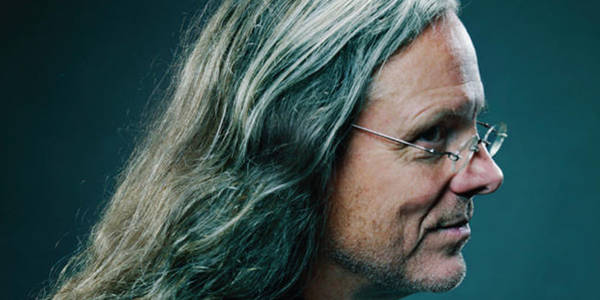Change Lab Podcast Episode 27
IBM Design Chief Phil Gilbert on Leadership as Love
Though Phil Gilbert’s official job title is General Manager of Design at IBM, he’s more often referred to as IBM’s very own design evangelist. But ask him to describe his earliest creative impulses and he’ll tell you without hesitation that he was an entrepreneur from “day one.”
It quickly became clear that Phil is all these things and more after spending the day with him at IBM’s colorful, post-it-strewn design studio outside Austin. In other words, to use a tech-speak term of art: Phil is a unicorn.
Need proof? Look no further than his decision to embed design thinking at scale across a company that spans 387,000 employees and 170 countries. Fast Company recently praised Gilbert’s accomplishment at IBM as “establishing a modern standard for increasing the role of arts in business.”
Design thinking gave me permission to think that tomorrow could be better than today. Some people go to church for that. I went to design thinking for that.
Phil GilbertGeneral Manager of Design, IBM
Under Phil’s leadership, the legacy computer brand has resurrected and expanded its pioneering design program and transformed itself into a nimble, forward-thinking company. IBM now employs a fleet of designers, charged with applying their problem-solving skills to innovative software and B2B infrastructure initiatives, like quantum computing and state of the art digital security. Case in point: ArtCenter alum Tina L. Zeng, a UX designer on IBM’s security team, who offers an insider’s perspective on how design is being deployed on a day to day basis under Phil’s leadership.


Never content to rest on his laurels, Phil remains as committed as ever to fostering a culture of makers. Nurturing creativity is a business value for Phil, who proudly shows off the well-stocked maker space he’s set up for his designers. Over the course of Lorne's lively Change Lab conversation, conducted in IBM's in-house radio station where employees broadcast content of their own devising, Phil opened up about his appreciation for the school busing program in Oklahoma City that first exposed him to the value in a diverse learning environment, his evolution as a leader and the importance of seeing every day as a prototype that can be improved upon.













